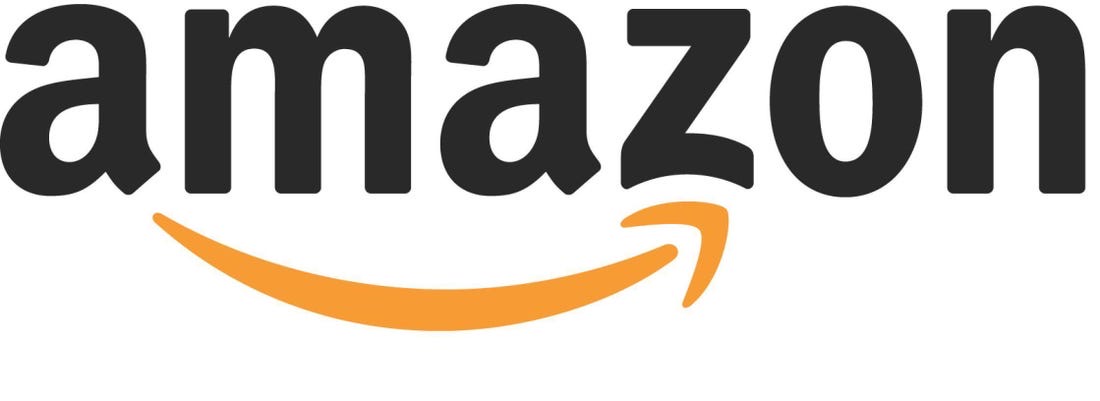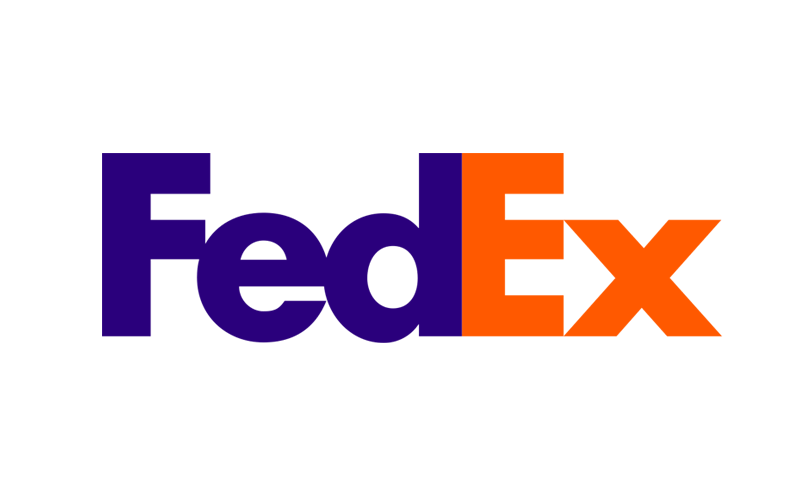A logo is not just design. It is a business asset that drives recognition, trust, and growth. The best logos are simple, clear, and purposeful. They increase recall, build credibility, and strengthen every campaign.
A weak logo has the opposite effect. It confuses audiences, erodes trust, and lowers marketing ROI. This shows up in reduced awareness, weaker engagement, and higher acquisition costs.
A strong logo delivers measurable impact. Clear, consistent logos improve ad performance, increase customer retention, and accelerate revenue growth by making the brand easier to recognize and trust. Companies that invest in simplicity and consistency achieve higher loyalty, stronger market share, and long-term brand equity.
Your logo should not be a puzzle. It should be a signal that anchors your brand and supports business performance.
1. SIMPLICITY

The Nike logo. It’s about as simple as a logo can get, but it’s iconic, timeless and unforgettable. The concept is rooted in Greek mythology. The Nike is the Winged Goddess of Victory. The swoosh is derived from the goddess’ wing, which symbolizes the sound of speed, movement, power and motivation.

The Amazon logo was created to represent the message that it sells everything from A to Z (the arrow connects the two letters) and also represents the smile that customers would experience by shopping on the Amazon.com website (the arrow becomes a smile.)

The FedEx logo, at first, appears simple. However, if you look at the white space between the “E” and “x” you can see a right-facing arrow. This “hidden” arrow was intended to be a subliminal symbol for speed and precision.
2. VERSATILITY
An effective logo needs to be versatile so that it works in all contexts, media and applications. Here are a few points to consider when reviewing a logo. Your logo should work when seen as big as a billboard or as small as a postage stamp. Your logo should be readable in color and black and white. Some designers provide a vertical and horizontal version of the logo. Horizontal layouts work well in the header of a website or on a business card while a vertical logo might work in video or even a t-shirt. Will your logo still be clear and effective if it appears in a single color or on a black background instead of a white background? The best logo designers consider these factors and plan ahead. Your logo should also come with a style guide. This provides “instruction” for using your logo in various applications, across various channels.
3. RELEVANCE
The best logo design centers around a single attribute that is relevant to your prospects and your industry. The message should be relevant and resonant to your audience. A childcare center would likely choose a logo that is colorful and fun, while a law firm should consider a traditional logo with a confident color scheme. This may seem obvious, but it’s worth emphasizing because it is critical to your brand image. Again, consider the logos, above. They are all relevant to their industry and relevant to their audience.
Relevant also means your logo should be aligned to your business objectives, rather than your personal taste. Avoid unnecessary elements that may be visually pleasing but don’t support your message. Again, the Amazon logo supports the notion that they deliver everything … from A to Z and that the customer will be happy with their service. The Nike logo communicates victory and speed. The At Play logo represents creativity and uniqueness.
4. ARTISTRY
Ultimately a great logo is like a piece of art. Like all great art, it can instantly evoke feelings of joy, gratitude, anticipation or calm. It combines color, font, layout, and graphic elements into a visual that can communicate key attributes of your business, in a single glance. It takes real artistic talent to arrange these elements for maximum impact and influence in a way that allows for maximum flexibility in the application of the logo.
By evaluating a logo through each of these viewpoints it becomes easier to move the design of a logo into its ideal finished product.
DELIVERY:
Once you’ve approved your logo, you want to make sure the logo is delivered in all of the most commonly used file types so you don’t have to reach out to your designer, every time you want to use your logo in a different application. You should receive the following file types:
- Vector – .ai, eps
A vector file is the most flexible of them all. It can be used in almost any application. It can be scaled up and down without the loss of image quality and clarity. - High-resolution and low-resolution raster –
A raster file can be anything from a layered Photoshop document (.psd,) to an image with a transparent background (.png). Raster graphics, also called bitmap graphics, a type of digital image that uses tiny rectangular pixels, or picture elements, arranged in a grid formation to represent an image. Low resolution graphics are used on screen while high resolutions graphics are used in print. Low resolution is 72 dpi (dots per inch) while high-resolution is 150 dpi, or more. 300 dpi is very common. There is a lot more we could cover on resolution, but I won’t get into that, here. - Color and Black and white:
A logo should work in black and white as well as color. The color should be in both RGB and CMYK. These are modes for mixing color.. As a quick reference, the RGB color mode is best for digital work, while CMYK is used for print products. But to fully optimize your design, you need to understand the mechanisms behind each.
A logo on its own isn’t enough. Without brand guidelines, your logo and messaging risk being used inconsistently, which dilutes recognition, confuses audiences, and erodes trust. Inconsistent branding can reduce brand awareness, weaken recall, and lower campaign ROI. A style guide ensures every designer, partner, and employee applies your brand correctly and consistently across every touchpoint. While creating one requires extra time and cost, it is not optional. Guidelines are essential for protecting your logo investment and building a cohesive, lasting brand. Companies that maintain strong brand consistency have been shown to increase revenue and achieve significantly higher customer recognition and loyalty.
